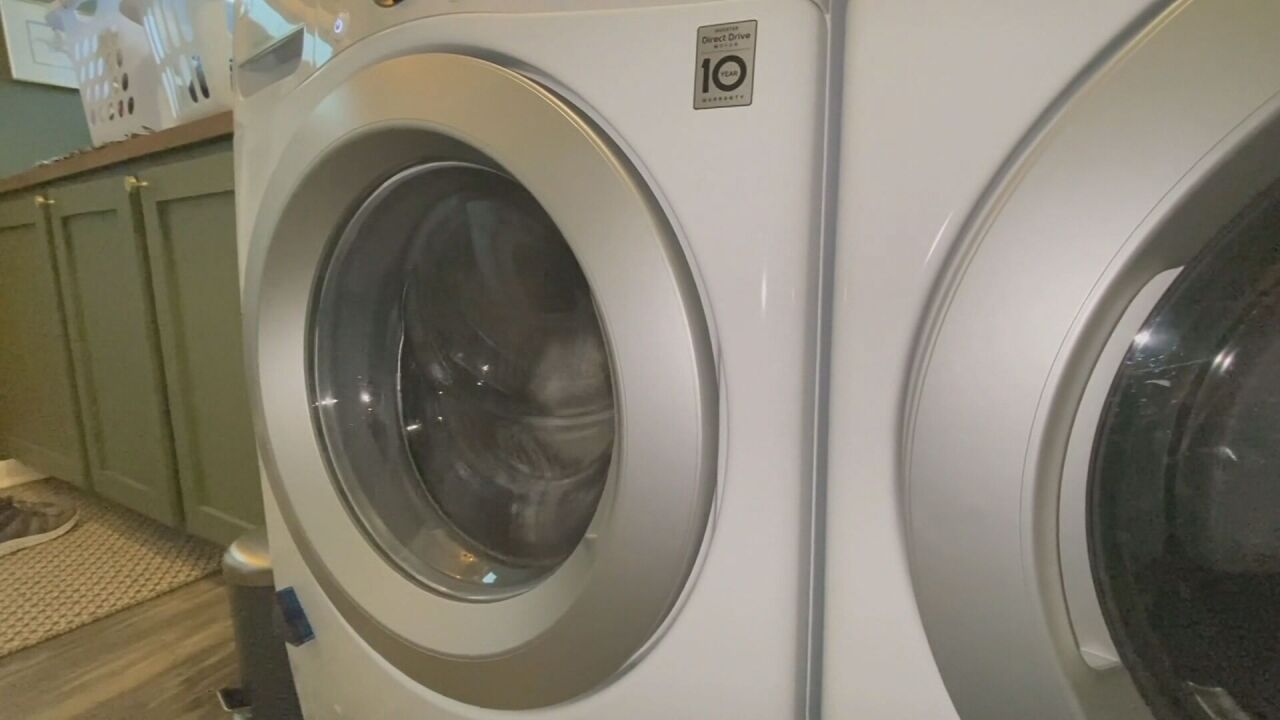
To monitor inorganic arsenic in apple juice, FDA scientists use two methods. The FDA scientists use two methods to measure total arsenic. First, they use inductively coupled mass-spectrometry (ICPMS). The second method (speciation analysis) determines the ratio of inorganic to organic arsenic within the sample. The former is more sensitive for low levels of arsenic while the latter is sensitive at higher concentrations.
Sources of inorganic Arsenic in Apple Juice
Apple juice contains low levels of inorganic arsenic, which is a contaminant with toxic effects. Food and Drug Administration has warned consumers that arsenic can cause serious health problems and that they should take steps to avoid it. The agency has ordered 90 samples of imported juice to be tested by the end of the year. The agency has also responded to the demands of consumer groups for stricter limits on heavy metals in apple juice.
The FDA's surveillance of arsenic-containing foods found that apples had very low levels of arsenic as compared with other fruits, vegetables, and vegetables. However, some organic species of arsenic have shown toxicity in animal studies, such as dimethylarsinic acid (DMAV). Although DMAV is carcinogenic in rats, these studies were based on animal studies. Human metabolic differences may also be involved.

Carcinogenicity and inorganic arsenic
Although it isn't clear how much inorganic Arsenic apple juice contains, some studies suggest that it is not carcinogenic. One study showed that only 11% of preschool children consumed 12 ounces a day of fruit juice. This amounts to 3.5 mg of iAs each day. According to the study, this high end rate would increase the average dietary intake of arsenic by 39 to 78 percent. FDA sets a limit for juice at 10 ppb. This allows background exposure to arsenic during vulnerable times in life.
The FDA is currently monitoring levels for inorganic azarenic in various foods. While the agency has recommended action levels for arsenic levels in rice and fruit drinks, these levels have not yet been implemented. Although the FDA issued a warning letter in 2012 to apple juice manufacturers, it has not yet established enforceable standards regarding the level of arsenic found in apple juice.
EPA limit for inorganic arousic in drinking waters
The EPA set a limit of inorganic Arsenic in apple juice as well as drinking water. Based on a study that included 94 samples, this limit was established. The EPA believes that arsenic should be less than 10 parts in billion in a person’s drinking water. However, some consumer groups feel that the limit should rise.
The FDA has previously surveyed the levels of inorganic arsenic in apple products. The majority of these samples fell below the EPA level for inorganic arcsenic. However, four of the samples exceeded the limit for total Arsenic.

Arsenic has been used for poisoning thousands of people over thousands of years. Even very small amounts of arsenic can cause serious health problems. It has been linked to skin, lung, and bladder cancer. It can increase your chances of developing heart disease, and even immune deficiency.